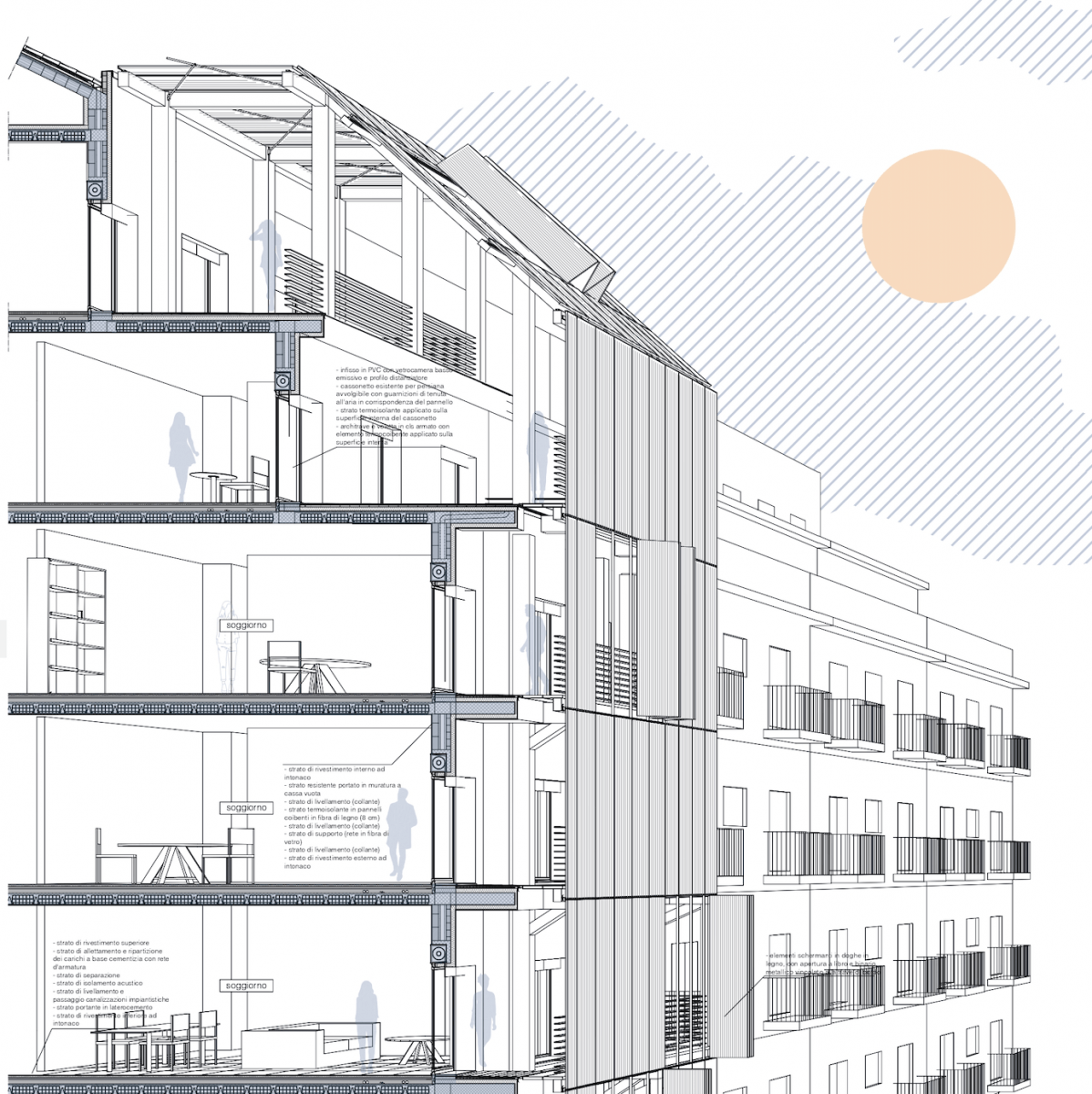
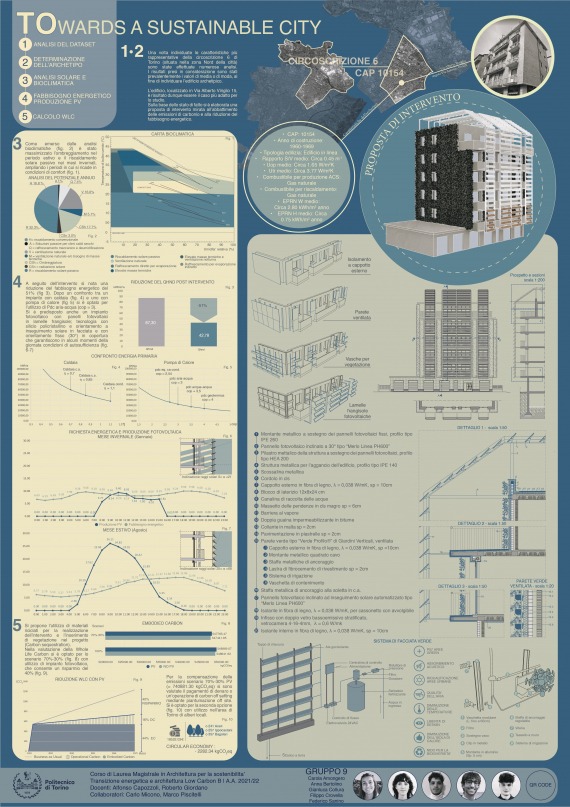
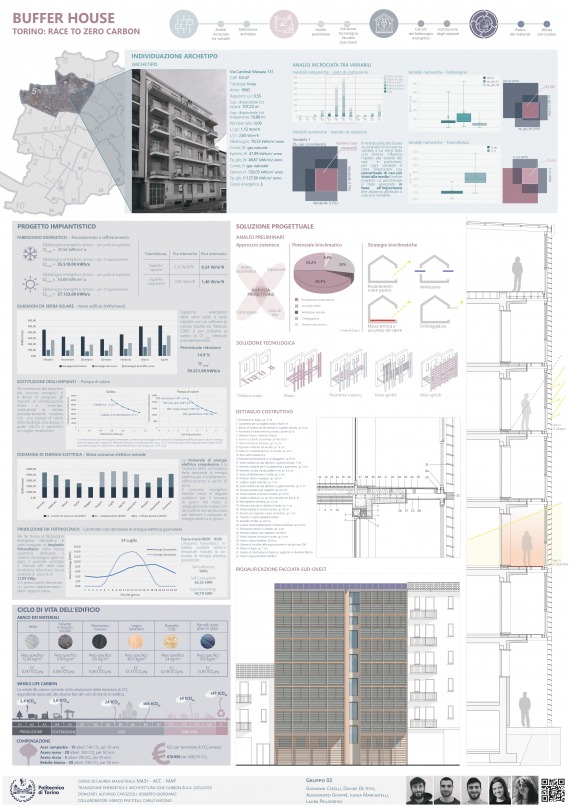
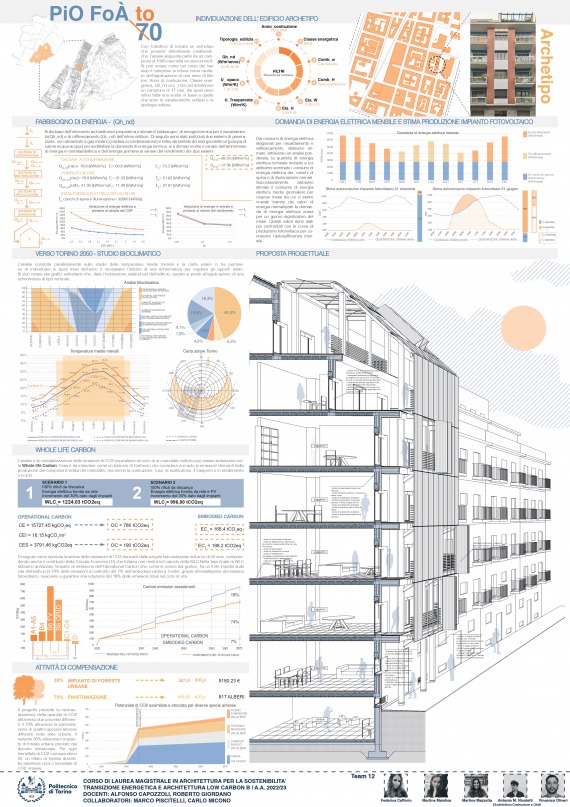
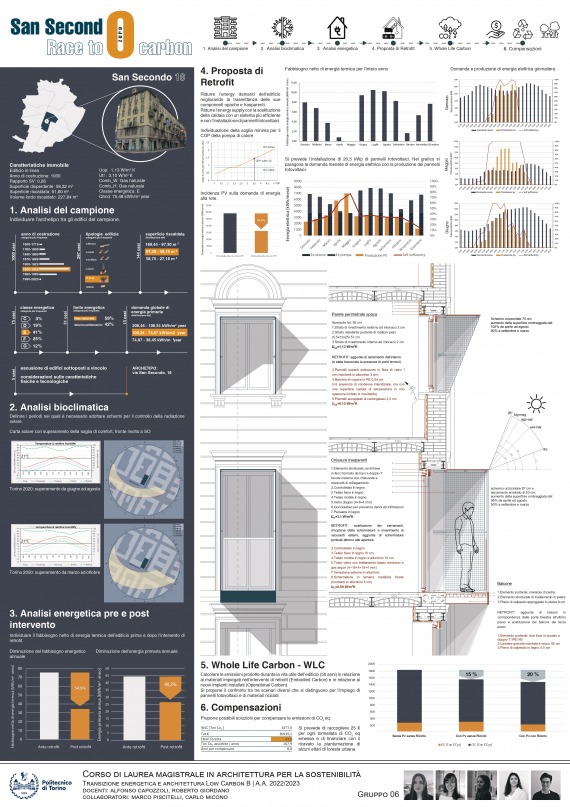
Energy Transition and Low Carbon Architecture
The seminar is organised in four thematic sections.
The first part of the seminar aims to illustrate and discuss the objectives and programmes related to the design and realisation of the architecture of the near future, which will have to support the energy transition and decarbonisation process.
The second part of the seminar aims to describe and critically analyse the ways of producing electricity and heat at different scales in terms of related energy sources and in compliance with the regulatory requirements governing energy efficiency and sustainability in the building sector.
The third part of the seminar intends to illustrate the envelope and system technology solutions to optimise the energy performance of buildings and the quality of the indoor environment, and to minimise dependence on fossil fuels and related climate-altering gas emissions.
The fourth part of the seminar is aimed at extending energy and environmental assessment metrics by introducing indicators complementary to those used to study building performance in use, namely, Embodied Energy and Embodied Carbon.

